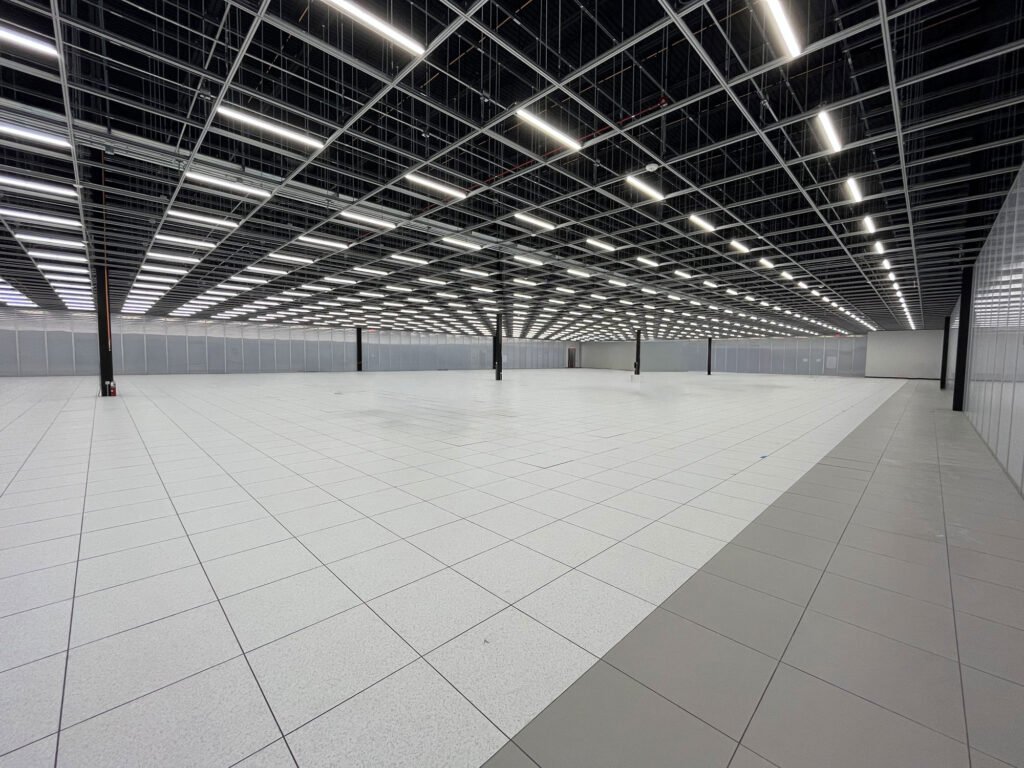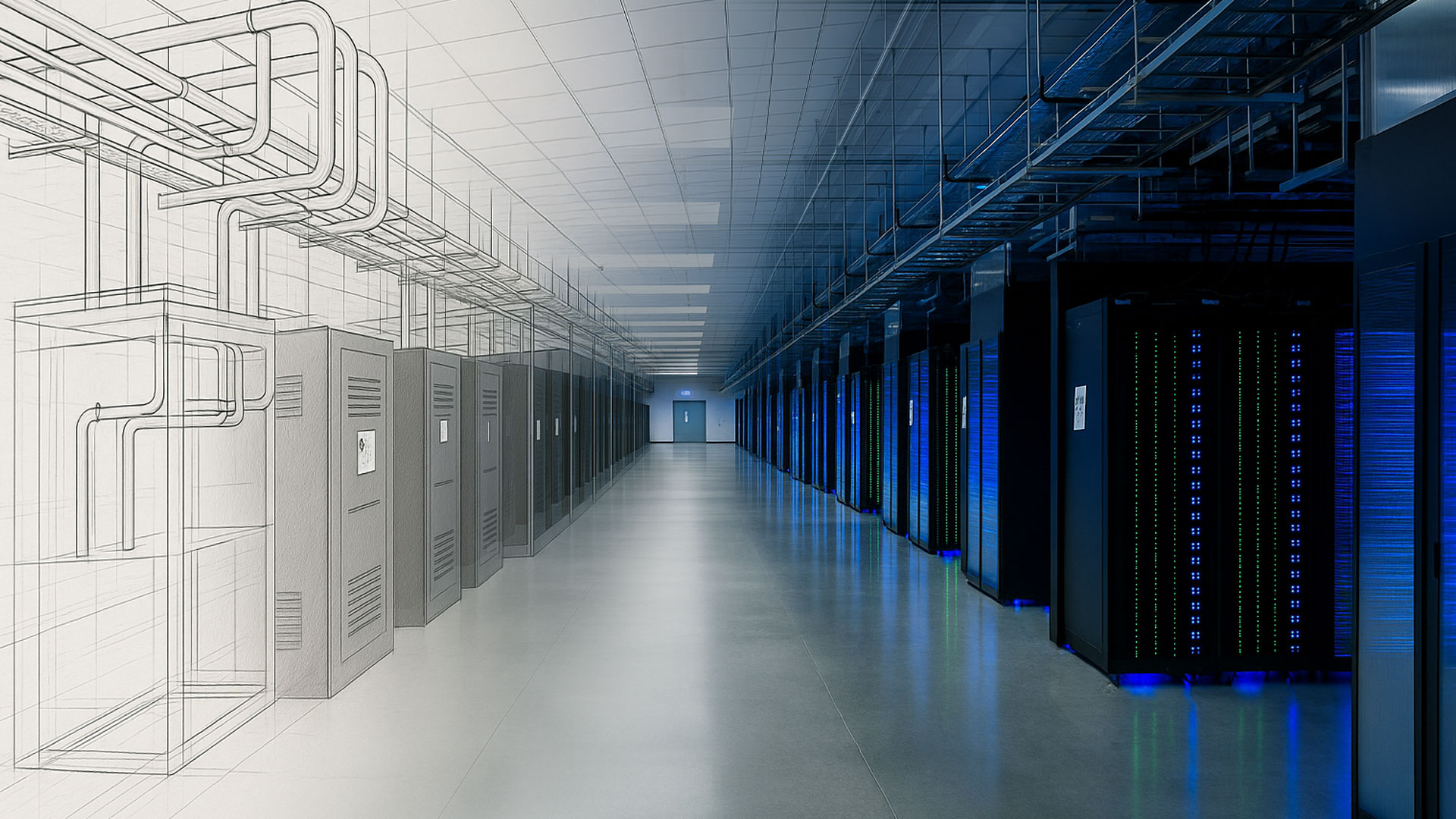The most important change happening in data centers today isn’t simply the rise of AI or the increasing use of GPUs. It’s the structural shift in how data centers are designed, integrated, and operated. The traditional model that separated mechanical systems, electrical distribution, and compute infrastructure into distinct zones is giving way to something far more interconnected.
McKinsey & Company in their recent study projects global data center demand will grow at roughly 22% per year through 2030, reaching approximately 220 gigawatts of capacity — nearly six times the footprint of 2020. And nearly half of all non-IT capital spending in these facilities is now allocated to power and cooling infrastructure, not servers themselves.
That trend reflects a clear reality: in the AI era, performance depends on the environment in which compute operates. It’s not just how many GPUs you deploy; it’s how efficiently power is delivered, how heat is captured and removed, and how seamlessly these systems respond to dynamic workloads.
For decades, data centers were arranged like a campus of independent systems. Mechanical equipment lived in dedicated rooms, electrical systems occupied another area, and compute racks sat in the white space. Each discipline could be planned and operated more or less independently because the demands were steady and predictable.
AI changes that. When a single rack draws 50, 80, or even upwards of 100 kilowatts, the infrastructure that supports it can no longer remain physically distant. Power conversion steps, battery backup modules, liquid cooling loops, thermal sensors, and control systems now live at the row level — and in many cases, inside the rack itself.
This does not mean the white space becomes a mechanical room. What it means is that white space is no longer a neutral zone. It has become an engineered environment where electrical and thermal behavior are actively managed in direct relationship to the computation happening within it. Power, cooling, and compute no longer operate as separate workstreams. Their performance is now shared.
Our CEO, Steve Altizer, often compares this to opening the hood of a modern car. You still see and service individual components — pumps, cooling loops, intake systems, wiring harnesses — but none of them are designed in isolation. Their performance comes from how they are arranged and tuned together. The layout is intentional. The relationships matter. The system works well because it is engineered intentionally — not because every system looks the same, but because every component knows the environment it lives in.
AI data centers are moving in the same direction. We still maintain and modernize components. But the value, reliability, and efficiency now come from how these components are designed to operate collectively, not separately.
This shift also changes operations. Commissioning becomes less about verifying equipment performance and more about validating system behavior — how power and cooling respond to workload shifts, how thermal loads balance across racks, how quickly conditions stabilize when GPUs ramp. Troubleshooting begins with system awareness, not isolated component checks. Teams blend mechanical, electrical, and IT context because the environment now demands it.
Compu Dynamics has been working in this reality for years. When we designed and built the 13.5MW AI-ready data center environment in Allen, TX, the real success wasn’t the number of racks installed or the amount of cooling capacity deployed — it was the way the space was designed to evolve. The electrical distribution, liquid cooling integration, rack layouts, and operational handoff were planned together so the facility could support current density while remaining adaptable to the next GPU cycle and the one after that.


This is the defining requirement of the AI era: the ability to adapt. Not just to scale — but to scale intelligently. Not just to add capacity — but to design for continuous evolution.
Looking forward, the data centers that excel will be those where power, cooling, controls, and compute are designed as one environment from the start. There is no single standard architecture today — and that’s exactly the point. The direction is integration. The execution will vary. The facilities that thrive will look less like warehouses filled with equipment and more like environments engineered around workload behavior.
This is the new white space architecture. And this is the architecture Compu Dynamics delivers. Have a project in mind or exploring what’s next? Let’s talk — schedule a free consultation.
